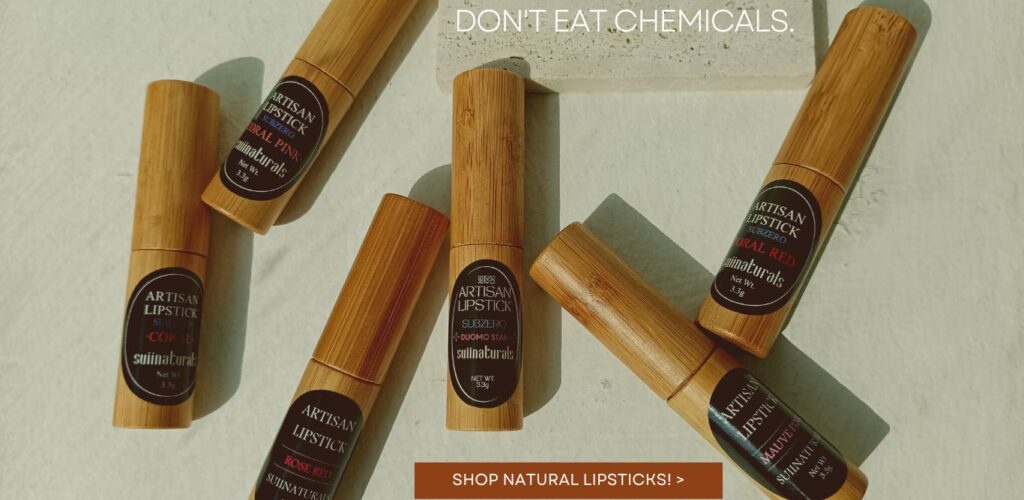Parabens are among the most commonly used preservatives in cosmetic products. Chemically, parabens are esters of p-hydroxybenzoic acid. The most common parabens used in cosmetic products are methylparaben, propylparaben, and butylparaben. Typically, more than one paraben is used in a product, and they are often used in combination with other types of preservatives to provide preservation against a broad range of microorganisms. The use of mixtures of parabens allows the use of lower levels while increasing preservative activity.
In the 1990s, parabens were deemed xenoestrogens―agents that mimic estrogen ( a hormone) in the body. “Estrogen disruption” has been linked to breast cancer and reproductive issues. Based on the EFSA opinion (please see link), parabens do have an estrogenic effect. EFSA has maintained that current permitted levels of parabens are still considered “safe”. Most probably but the opinion of the Danish Food institute sums up the opinion of EFSA and the industry with the following points
” VIEW OF THE DANISH NATIONAL FOOD INSTITUTE As supplementary information for the drawing up of the current opinion, the European Commission provided the SCCS with the ‘Update on uptake, distribution, metabolism and excretion (ADME) and endocrine disrupting activity of parabens’, a report by the Danish National Food Institute, Technical University of Denmark (DTU 2010), later published as an article of Boberg et al. (2010). This report summarises all available scientific literature on the subject (including SCCP opinions and literature data stated in the current opinion) and comes to the following major conclusions: –
- Adverse effects were noted on sperm production and testosterone levels in young male rats exposed to butylparaben, isobutylparaben and propylparaben (Oishi publications). – Parabens have been shown to be estrogenic in vitro and in uterotrophic assays in vivo, and estrogenicity appears to increase with side chain length.
- The ability of parabens to activate the estrogen receptor may not be the only mechanism of action, as they also show anti-androgenic effects, mitochondrial toxicity and ability to elevate endogenous estrogen levels via SULT inhibition.
- The use of the 1000 mg/kg/day value used by the CIR-panel is not supported by the DTU since this value was derived from an animal study with many shortcomings, as already pointed out by the SCCP in 2006 (SCCP/1017/06). The DTU refers to the LO(A)EL value of 10 mg/kg/day derived from a published Japanese study (Oishi 2002) with propylparaben.
- The maximal dermal uptake of intact parabens is estimated to be 2% (conjugated and free), based on the results of Janjua et al. 2008. – The total dermal uptake of parabens and metabolites amounts to 80%. Higher uptake and less metabolism were measured in human skin than in the applied rat models. However, more studies are needed to examine human levels of parabens and metabolites and to compare these levels to those obtained in experimental animal studies. It needs to be determined whether the endocrine disrupting effects seen in experimental animals are due to the (low) levels of intact parabens, or whether metabolites such as PHBA may play a role. Finally, the DTU included a list of data gaps on parabens, among which reproduction studies on both long- and short-chain parabens, extended toxicokinetic studies (in vitro and in vivo combination assays) and studies exploring novel endpoints such as mammary development.
See full EFSA opinion here.
Further rigorously designed experiments is needed to prove dose level and impact on rats and humans in a significant time based study.Till someone does that, lets just avoid parabens in our cosmetics for now. I am not taking any chance.



